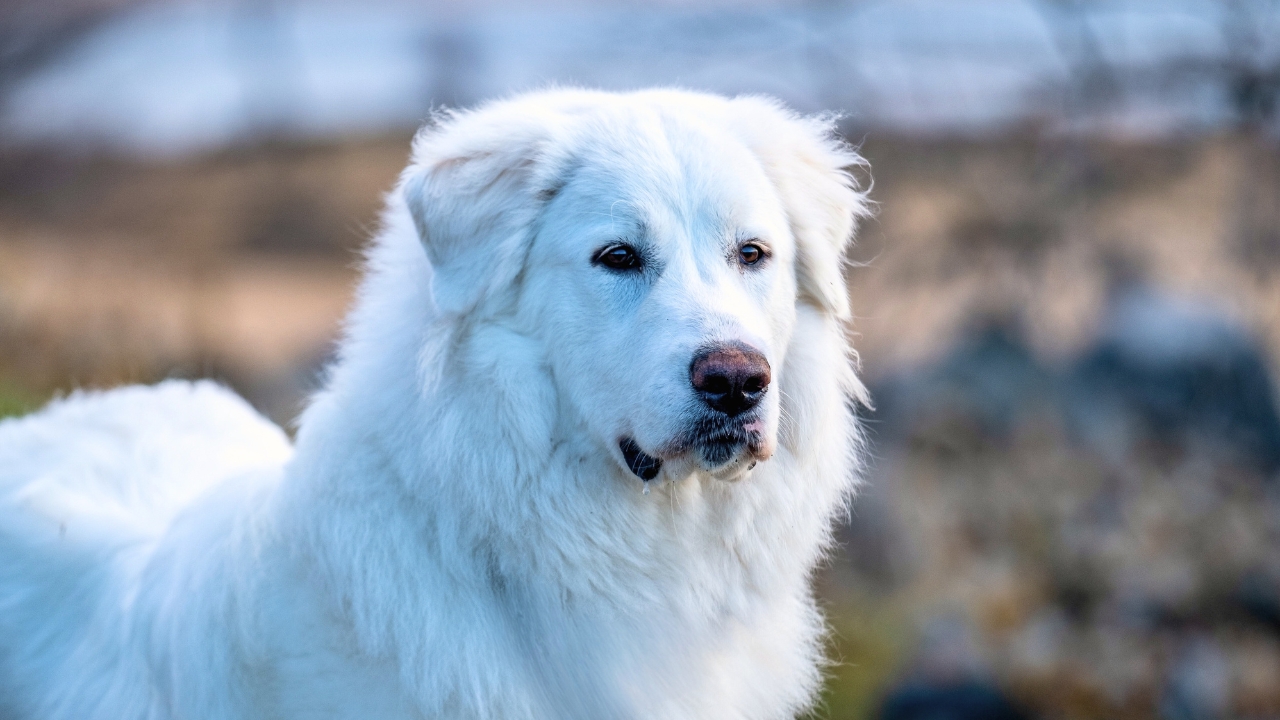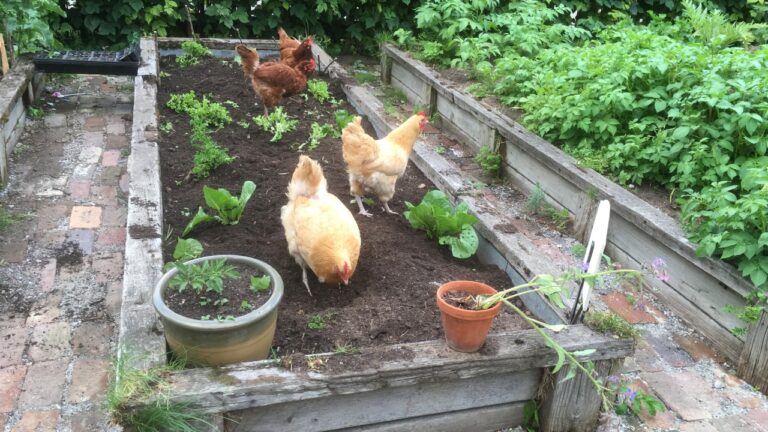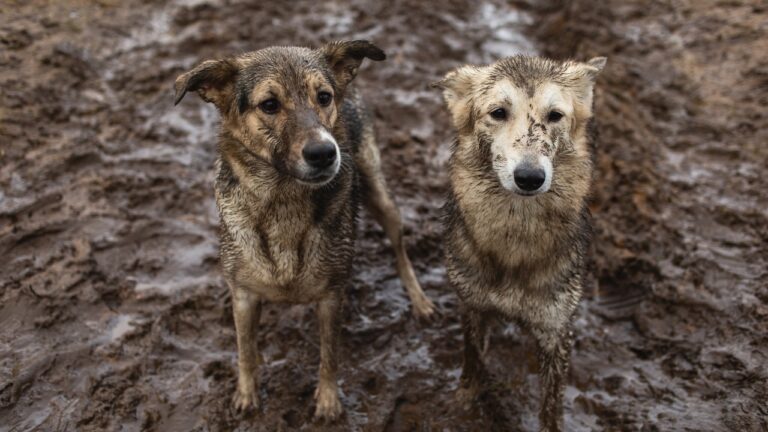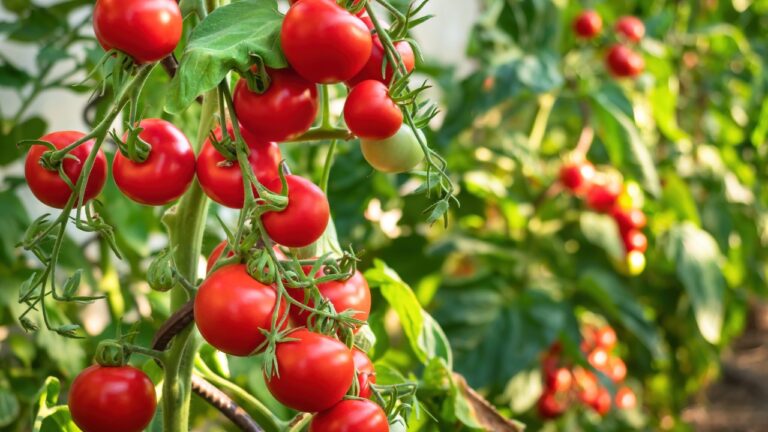The Best Livestock Guardian Animals
When you’ve got animals to protect, a good livestock guardian can make or break your setup. Fencing helps, but predators get bold—especially at night. A livestock guardian isn’t just an extra set of eyes.
It’s a full-time protector that keeps coyotes, stray dogs, raccoons, and even birds of prey from turning your animals into dinner. But not every animal is cut out for the job. Here’s what actually works—and what you need to know before you bring one home.
Great Pyrenees

These dogs are one of the most popular livestock guardians for a reason. They’re calm with their herd but fierce when something isn’t supposed to be there.
Great Pyrenees are nighttime patrollers. They roam and bark to let predators know the property’s guarded. But they do need strong fencing—these dogs are wanderers if they think the job calls for it.
Anatolian Shepherd
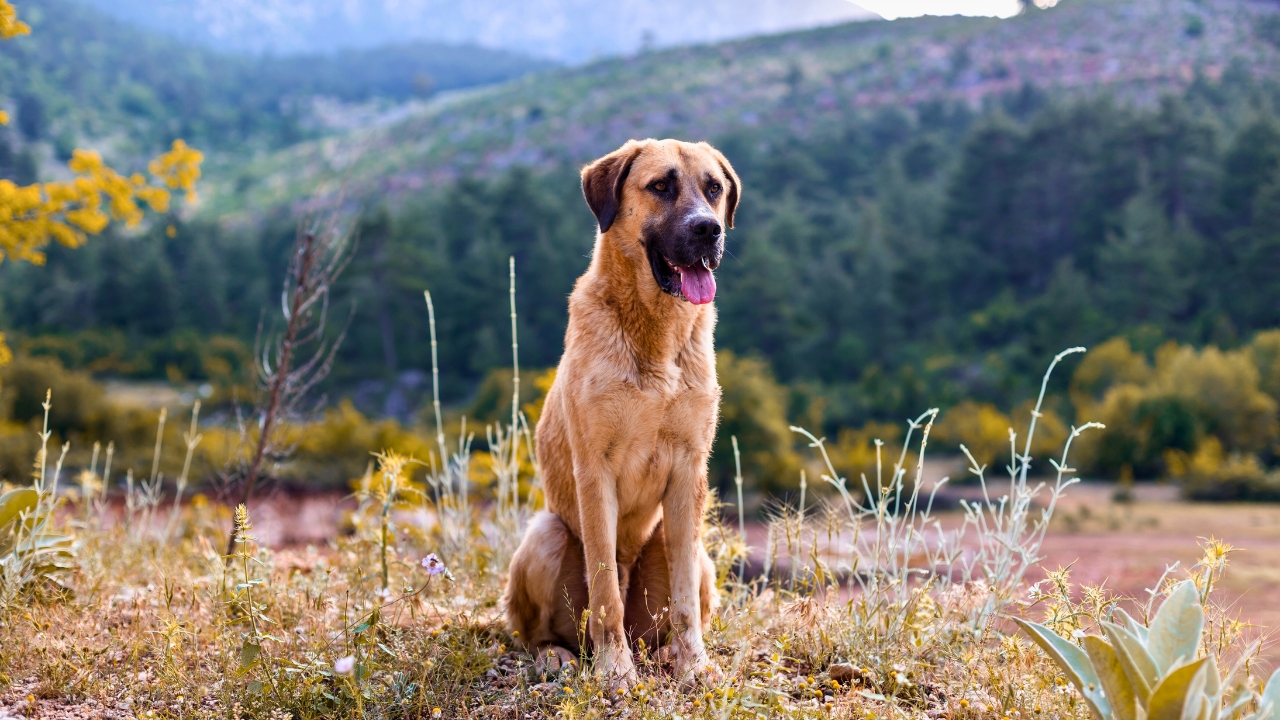
Anatolians are serious workers. They’re more independent than some breeds, which means they don’t need constant human direction to know what to do.
These dogs are leaner, faster, and tend to be a bit more territorial. They’re great if you’ve got a lot of acreage or more aggressive predator pressure.
Maremma Sheepdog
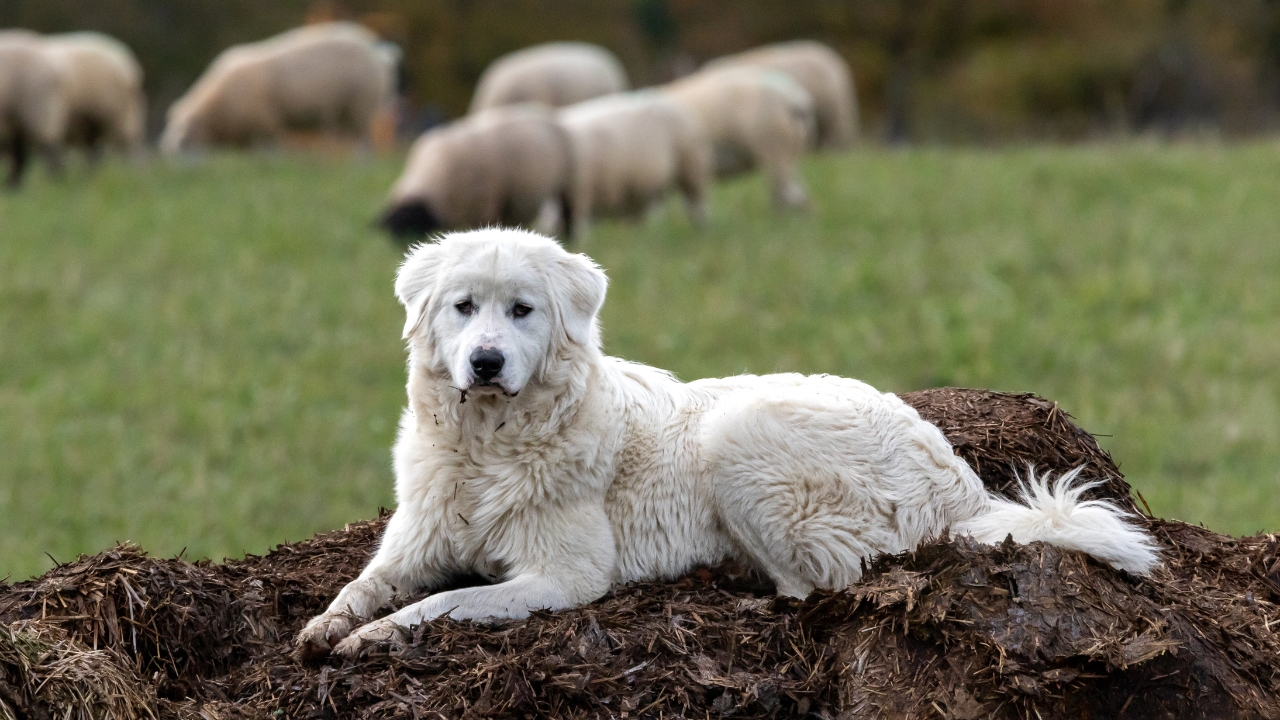
Maremmas are a little gentler than some of the other guardian breeds but still effective. They bond tightly with their herd and tend to stay closer to the animals rather than patrol the borders.
If you’ve got a smaller homestead or tighter pasture space, this breed fits in well without roaming as much.
Donkeys
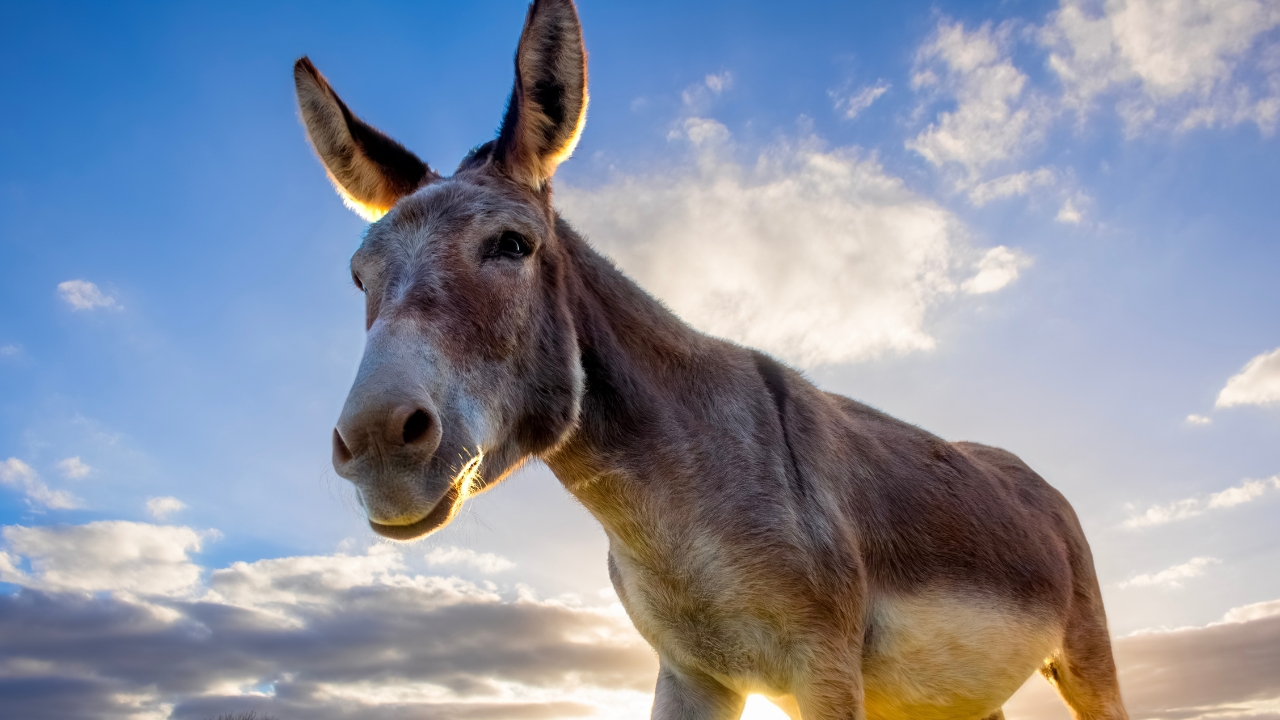
Donkeys surprise a lot of people, but they’re legitimate livestock guardians. They hate canines, so coyotes and stray dogs are not welcome.
A good guard donkey sticks close to the herd, brays loudly when something’s wrong, and isn’t afraid to kick if a predator gets close. But they don’t always work well against packs or larger predators.
Llamas

Llamas are excellent solo guardians. They bond with the herd and stay alert for anything odd. Their first defense is alarm calls, but they will charge and stomp if something threatens the group.
Llamas are best for smaller flocks and are particularly useful against lone coyotes or foxes. But they’re less effective against packs.
Kangals

Kangals are one of the strongest livestock guardian breeds on the planet. They were bred specifically to protect flocks from wolves and bears in Turkey.
They’re incredibly powerful, with one of the strongest bite forces of any dog, but also calm around their animals. They do need room to work and consistent training.
Akbash
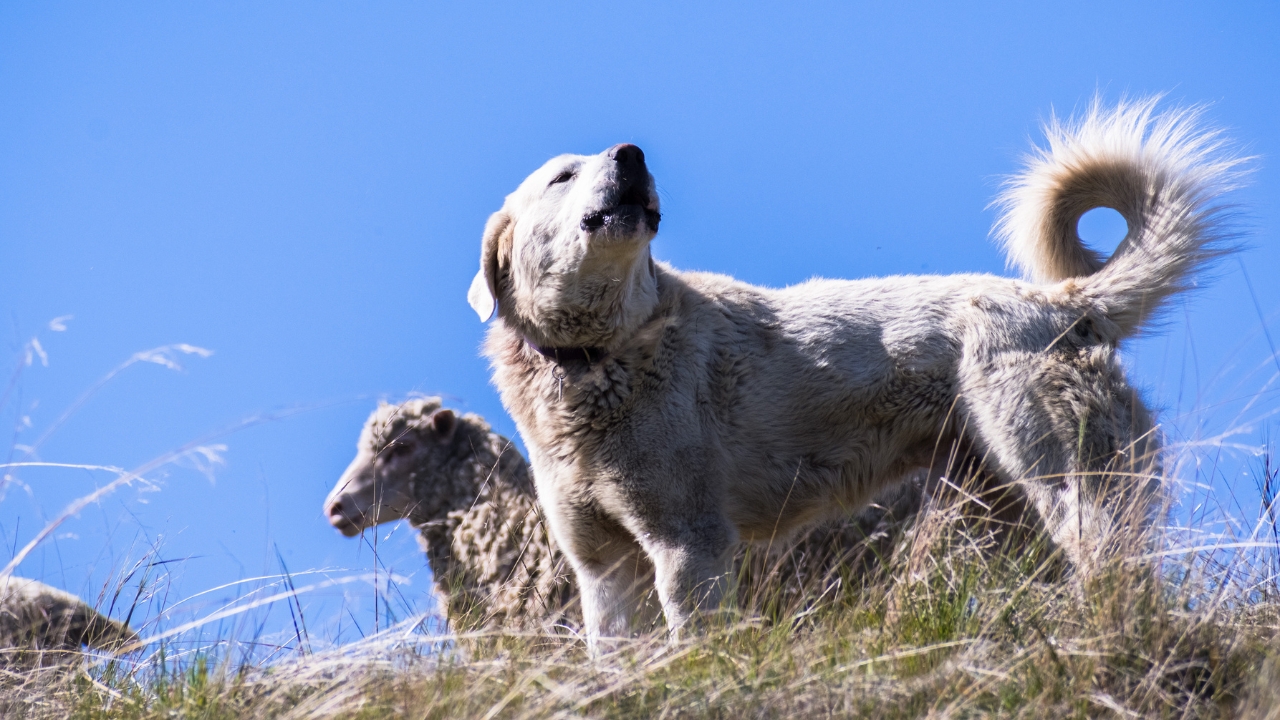
Akbash dogs are quiet but serious. They’re known for their stealth, sneaking up on predators instead of barking nonstop like some other breeds.
They bond closely with their herd and can be less stubborn about roaming than a Great Pyrenees. They’re excellent if you prefer a dog that handles business quietly.
Guinea Fowl
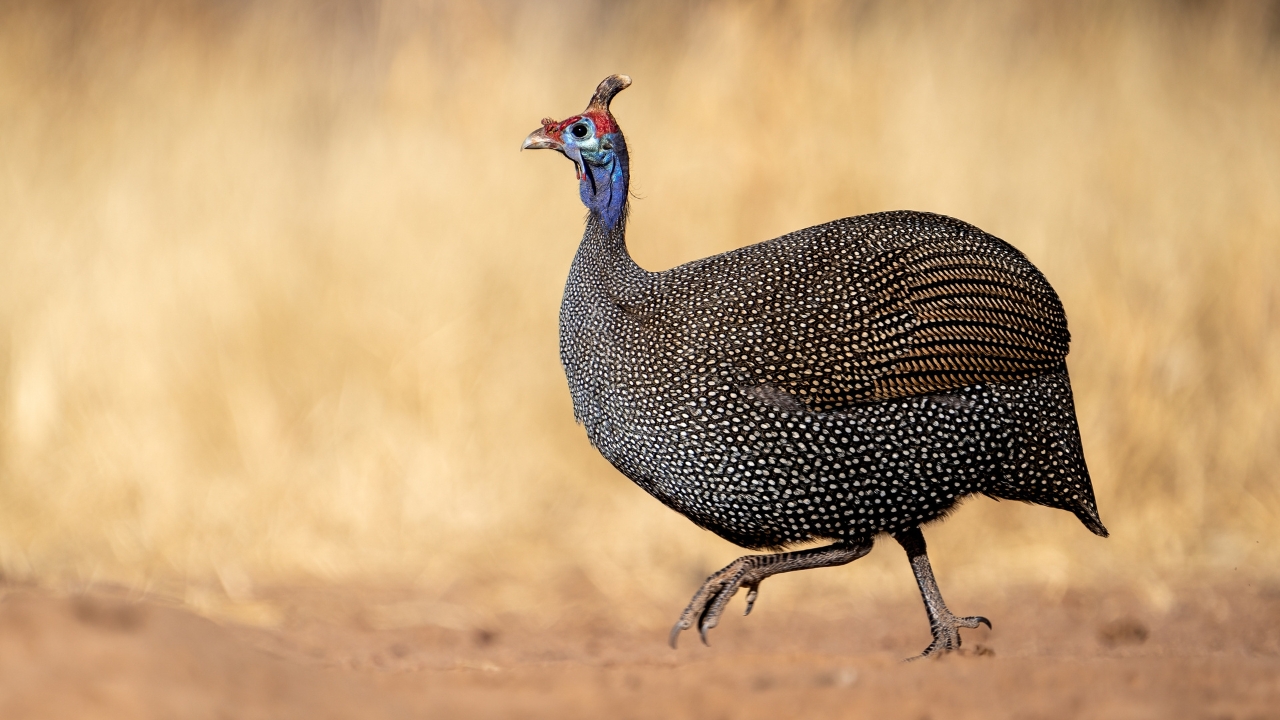
Surprisingly, guinea fowl have a role in predator control—not by fighting, but by being noisy. They are incredibly alert and sound the alarm any time something isn’t right.
They’re not a primary livestock guardian, but they’re a great secondary line of defense. Plus, they help with tick control.
A Mix of Guardians
The truth is, many farms benefit from using a mix. A pair of guardian dogs for nighttime predators, a donkey for daytime threats, and noisy birds like guinea fowl to raise alarms covers a lot of ground.
No single animal can do everything, but when you combine their strengths, you’re a lot more likely to sleep through the night without worry.
*This article was developed with AI-powered tools and has been carefully reviewed by our editors.

